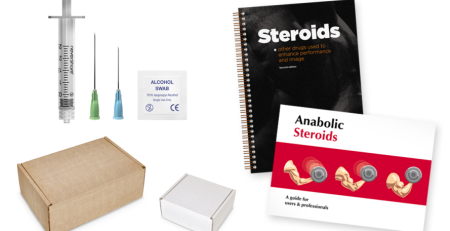Why You Should Use Testosterone and HGH
Hormones are classified as either steroid or non-steroid, as is well known. Steroid hormones have a chemical structure with cholesterol, and the majority of these hormones are derived from it. Because of this, steroid hormones readily bind to the cell membrane and dissolve in lipids.
Since nonsteroidal hormones are not soluble in fat, they have difficulty passing through cell walls. Two types can be distinguished within this group: derivatives of amino acids and proteins, or peptides. Since norepinephrine and adrenaline are adrenal hormones, they belong to the second class of hormones, which also includes thyroid hormones.
Let’s now examine the roles that hormones play. It is well known that chemicals are carried throughout the body by the blood, whereupon they interact with the tissues. Target cells, on the other hand, have certain restrictions. These are cells that use particular receptor proteins to interact with hormones.
The “hormone receptor complex” refers to the interaction between hormones and target cells. There might be up to 10,000 receptors in each cell. Whereas steroid hormone receptors are located in the cytoplasm or nucleus of the cell, non-steroidal hormone receptors are located on the cell membrane. Every hormone binds exclusively to a certain receptor due to its unique properties and degree of specificity about the receptor.
A straightforward analogy that clarifies how it functions is as follows: the hormone is the key, and the receptor is the lock. An appropriate key is the sole way to unlock the lock.
Steroid hormones
These hormones are lipid-soluble, which allows them to easily cross the cell membrane, as was previously explained. Hormones attach to certain receptors inside the cell. The resulting hormone complex binds itself to a region of the cell’s DNA, travels into the nucleus, and activates certain genes. This process is called “direct gene activation” in scientific literature. RNA production takes place in response to this process. One of the three primary macromolecules present in the cells of all living things is ribonucleic acid or RNA. Tissue development and healing are caused by protein synthesis, which is facilitated by RNA entering the cytoplasm.
Non-Steroidal hormones
These hormones have a difficult time passing through cell walls. They engage with certain cell membrane receptors that are located outside the cell. When non-steroidal hormone molecules bind to their receptor, a sequence of enzymatic events takes place that results in the production of the intracellular carrier. Consequently, not only is protein synthesis produced, but also the subsequent physiological reactions:
Activation of cellular enzymes; Modification of cellular metabolism; Shift in permeability of the shell; Stimulation of cellular secretions.
To put it simply, using growth hormone and testosterone together has a dual effect on the cell. Since metabolism is set up in this manner, the influence is more akin to a geometric progression than a “summation”. It has long been established in practice that using growth hormone in conjunction with testosterone may provide noticeable, perhaps even greater, outcomes. Use our exclusive deals to increase your limitations.











Leave a Reply